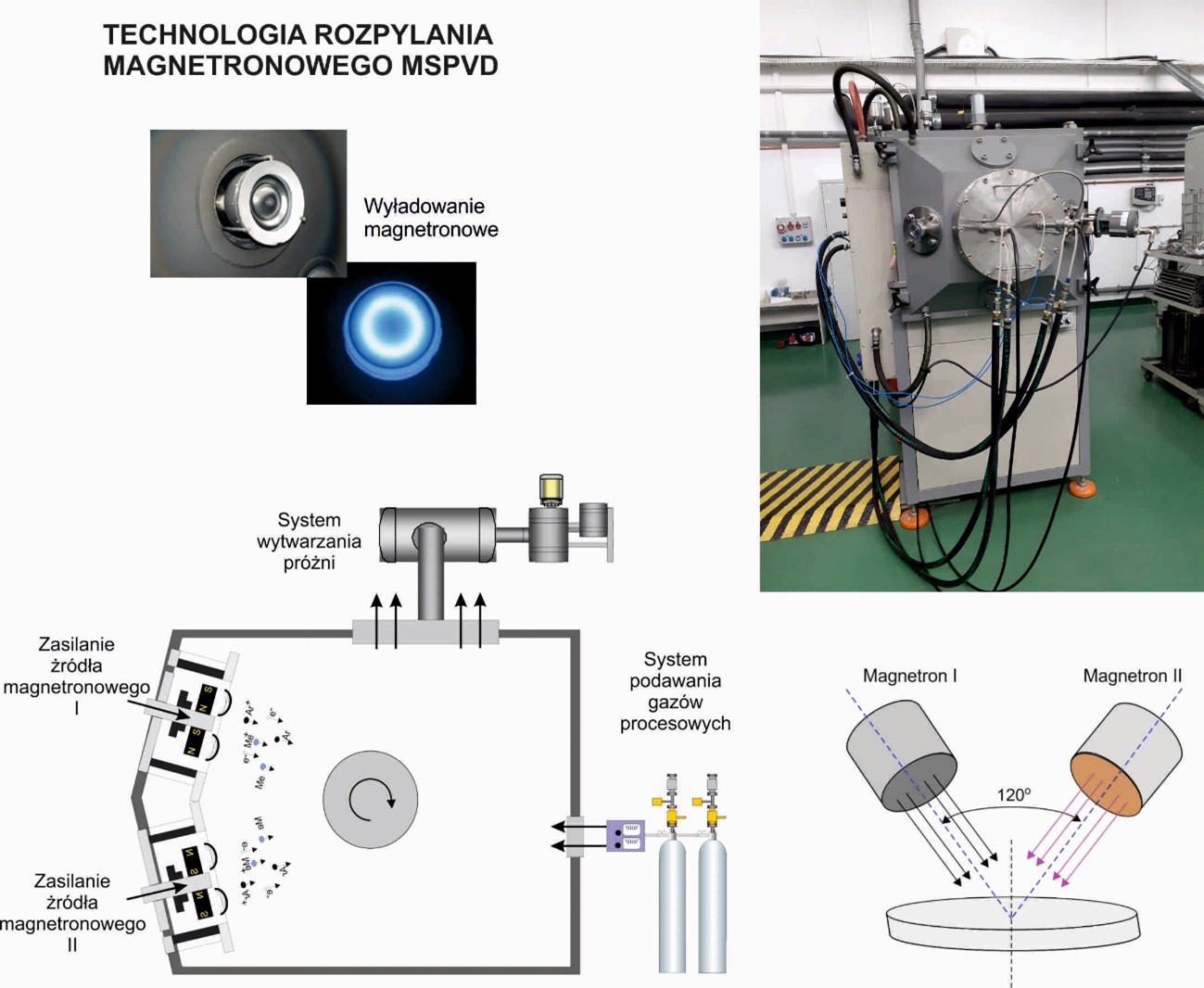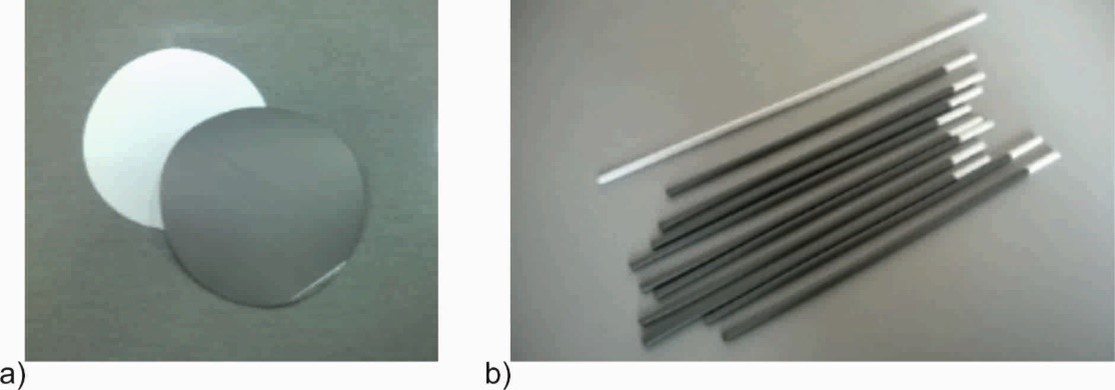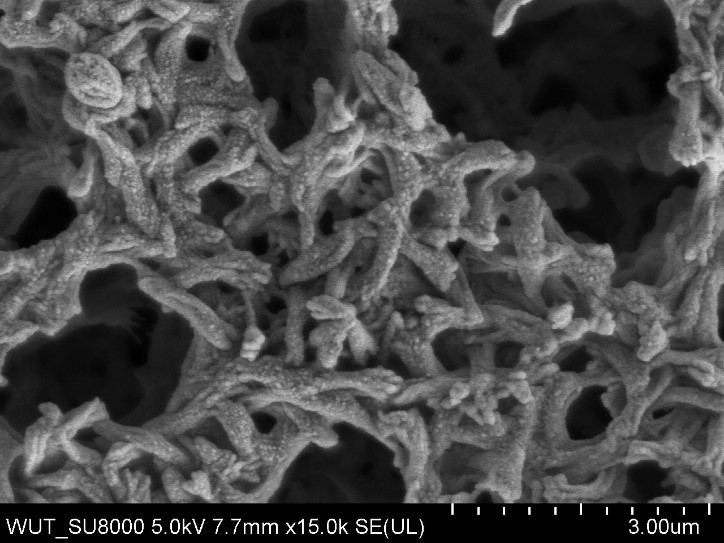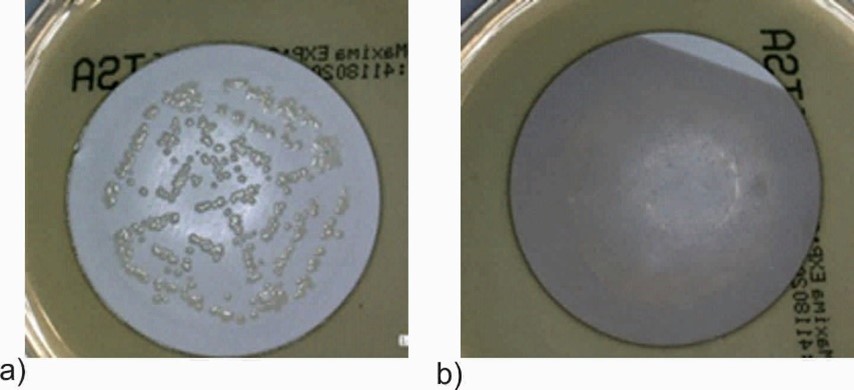Multifunctional polymeric membranes modified using hybrid surface engineering technologies

 Project title
Project title
Multifunctional polymeric membranes modified using hybrid surface engineering technologies
 Name of Beneficiary/Beneficiaries
Name of Beneficiary/Beneficiaries
Łukasiewicz Research Network – Institute of Exploitation Technology
 Name of programme
Name of programme
National programmes
 Competition
Competition
LEADER VII
 Project value
Project value
PLN 688,000.00
 Funding value
Funding value
PLN 688,000.00
 Project delivery period
Project delivery period
from 01.01.2017 to 31.12.2020
Meet our team
Project Manager – Eng. Joanna Kacprzyńska-Gołacka, PhD
MSc Wioletta Barszcz
Eng. Anna Kowalik-Klimczak, PhD
Eng. Monika Łożyńska, PhD
MSc Paulina Rajewska, PhD
MSc Jarosław Skowroński, PhD
Ewa Woskowicz, MA
Eng. Piotr Wiecinski
See the result of our work




What problem does our project solve?
Polymeric microfiltration membranes are widely used in wastewater filtration processes in the dairy industry and enable the introduction of a closed-loop economy in this area. At present, the main limitation in the use of polymeric membranes in filtration processes is the phenomenon of biofouling, which is the colonisation of membrane surfaces and pores by micro-organisms. As a result of this phenomenon, there is a significant decrease in the efficiency of the filtration process.
The main objective of the project was to develop a model surface treatment technology to produce a multifunctional membrane with very good hyrdrophilic properties and high bactericidal activity.
The process solutions developed in the project make it possible to modify the functional properties of the filtration membranes, leading to a reduction in biofouling and thus an increase in the efficiency of the filtration process.
The unique properties of the membranes have been achieved using modern plasma surface engineering techniques. The first solution developed involves activation of the polymer surface in a glow discharge plasma. The technology developed enables improved filtration properties by increasing the hydrophilicity of the membrane surface. In addition, the developed non-metallic plasma activation provides an improvement in the chemical reactivity of the membrane, allowing further introduction of elements and compounds to the membrane surface.
The second solution developed is to impart functional properties to the polymer membrane by applying a thin multicomponent coating based on titanium oxide and silver oxide (TiO2+AgO), which, on the one hand, does not block the porous structure of the membrane and thus does not alter its filtration properties, and, on the other hand, makes it possible to impart photocatalytic, hydrophilic and, above all, bactericidal properties.
Who is going to benefit from the project results?
The result of the completed research work is a material and technological solution from the area of surface engineering, providing an improvement in the efficiency of polymeric membranes used in dairy wastewater filtration processes. The developed material solution makes it possible to enrich commercial membrane materials with additional functional properties. The resulting material and technological solutions are of great economic importance for companies using membrane filtration processes. The possibilities for the practical use of the new generation of membranes developed are extensive. By surface-treating existing membranes on the market, we do not change their geometric parameters, which makes them suitable for industrial use in existing filter modules and installations.
Which aspect of the project implementation have we found to be the most challenging?
The biggest challenge was the choice of plasma membrane modification technology and the selection of process parameters. The polymeric materials of which the membranes are made have a low thermal resistance of no more than, 100ºC. In addition, polymeric membranes have a porous structure, which is important in the filtration process and must be retained after the surface treatment stage.
Consequently, there was a high risk of overheating the membrane during the plasma treatment process, which could damage its porous structure and impair or lose its separation properties. Furthermore, the production of metallic coatings by plasma methods at temperatures below 100ºC may have had an adverse effect on the stability and continuity of the deposited coatings and their adhesion to the substrate.
The magnetron sputtering technology chosen in the project enables coatings to be deposited at room temperature, which allowed the membranes to be modified without damaging their structure.